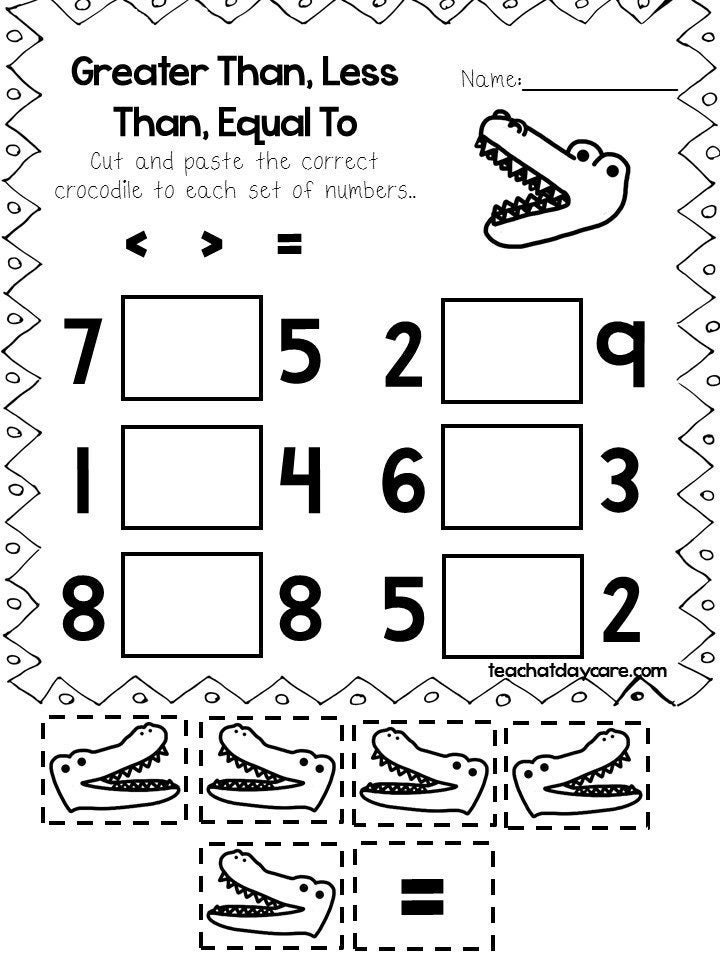

If you want more control over the format, or you want to change other aspects of formatting for your selection, you can follow these steps. To quickly apply percentage formatting to selected cells, click Percent Style in the Number group on the Home tab, or press Ctrl+Shift+%. Top of Page Display numbers as percentages (If you don't want to display the two zeros after the decimal point, it's easy to get rid of them, as explained in the following procedure.) For example, typing 10 or 0.1 both result in 10.00%. Numbers equal to and larger than 1 are converted to percentages by default and numbers smaller than 1 are multiplied by 100 to convert them to percentages. To learn more about calculating percentages, see Examples of calculating percentages.įormatting empty cells If you apply the Percentage format to cells, and then type numbers into those cells, the behavior is different. If you then format 0.1 as a percentage, the number will be correctly displayed as 10%. For example, if a cell contains the formula =10/100, the result of that calculation is 0.1. Percentages are calculated by using the equation amount / total = percentage. To accurately display percentages, before you format the numbers as a percentage, make sure that they have been calculated as percentages, and that they are displayed in decimal format. For example, if a cell contains the number 10, Excel multiplies that number by 100, which means that you will see 1000.00% after you apply the Percentage format. In this articleĮxample 1: Increase or decrease a number by a percentageĮxample 2: Calculate an amount based on a percentageĮxample 3: Calculate the percentage based on two amountsĮxample 4: Calculate an amount based another amount and a percentageĮxample 5: Calculate the difference between two numbers and show it as a percentageĪlthough formatting numbers as percentages is straightforward, the results you get after you apply the format may vary, depending on whether the numbers already exist in your workbook.įormatting cells that already contain numbers If you apply the Percentage format to existing numbers in a workbook, Excel multiplies those numbers by 100 to convert them to percentages.
Greater than less than equal to quiz 1st grade how to#
Range operator, which produces one reference to all the cells between two references, including the two references.Learn how to display numbers as percentages in Excel and view examples of several basic techniques for calculating percentages in your worksheet. Where A1 holds "Last name" and B1 holds "First name", =A1&", "&B1 results in "Last name, First name".Ĭombine ranges of cells for calculations with the following operators.

Use the ampersand ( &) to concatenate (join) one or more text strings to produce a single piece of text.Ĭonnects, or concatenates, two values to produce one continuous text value When two values are compared by using these operators, the result is a logical value-either TRUE or FALSE. You can compare two values with the following operators. To perform basic mathematical operations, such as addition, subtraction, multiplication, or division combine numbers and produce numeric results, use the following arithmetic operators. There are four different types of calculation operators: arithmetic, comparison, text concatenation, and reference. Using parentheses allows you to change that calculation order. Excel follows general mathematical rules for calculations, which is Parentheses, Exponents, Multiplication and Division, and Addition and Subtraction, or the acronym PEMDAS (Please Excuse My Dear Aunt Sally). Operators specify the type of calculation that you want to perform on the elements of a formula.


 0 kommentar(er)
0 kommentar(er)
